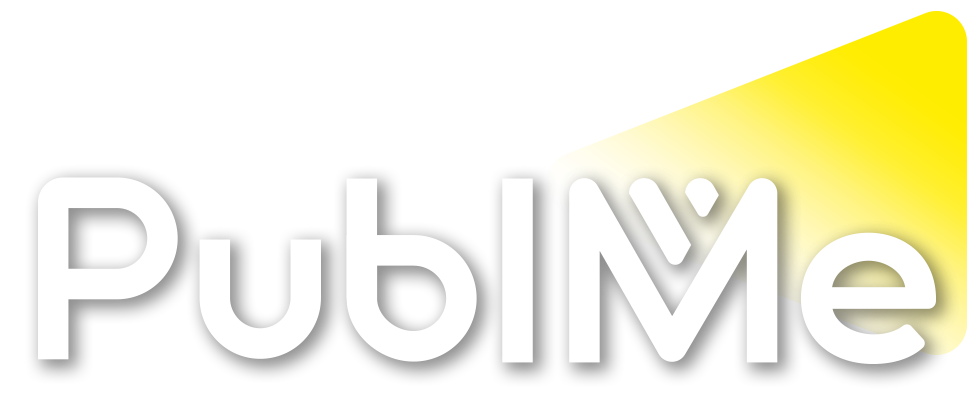Reaction thread #36693
Jazz Harmonic Analysis using Mapping Tonal Harmony Pro 10In this latest version of Mapping Tonal Harmony Pro, we’ve expanded the arrows and brackets analysis to include several new symbols that highlight some of the most commonly encountered harmonic progressions and cadences in jazz tunes, addressing some of the omissions from previous versions. These new arrows and brackets will undoubtedly enhance the analysis, providing a more comprehensive understanding of the harmonic structure within the tunes. Let’s look at what each of these symbols indicate.
It’s important to understand that we have two types of lines: Solid & Dashed, and two types of symbols: Arrows & Brackets.
Solid Arrow: a dominant chord that resolves a perfect fifth down.(i.e. V7 to Imaj7, V7/II to II-7)
Dashed Arrow: a dominant chord that resolves down a half-step.(i.e. subV7 to Imaj7, subV7/II to II-7)
Solid Bracket: a m7 (or m7b5) chord that goes to a dominant chord a perfect fifth down.(i.e. II-7 to V7, II-7/II to V7/II)
Dashed Bracket: a m7 (or m7b5) chord that goes to a dominant chord a half-step down.(i.e. II-7 to subV7, II-7/II to subV7/II, subII-7 to V7/II)
Headless Straight Arrow: a maj7 (or maj6) chord that turns into a m7 chord(i.e. Imaj7 to II-7/bVII, IVmaj7 to IV-7)
Solid Step Arrow: a dominant chord that resolves a whole step up to a maj7 (maj6) or minor chord(i.e. bVII7 to Imaj7, V7 to VI-7)
Solid Circled Arrow: a maj7 (maj6) chord that goes to a chord a perfect fifth down.(i.e. Imaj7 to IVmaj7, IVmaj7 to bVII7)
Solid Circled Bracket: a m7 (m7b5) that goes to another m7 (m7b5) a perfect fifth down.(i.e. III-7 to VI-7, VI-7 to II-7)
Dashed Circled Bracket: a m7 (m7b5) that goes to another m7 (m7b5) a half-step down.(i.e. parallel m7 chords)
Dashed to Solid Broken Arrow: a dominant chord that goes to another dominant chord a tritone away:(i.e. V7 to subV7, subV7 to V7)
Delayed Resolutions & 1st Ending ResolutionsThe new version of Mapping Tonal Harmony Pro also shows delayed resolutions and 1st ending resolutions.
In the following image the A7b9 resolves to the D7b9 but there’s a related II interpolation (the Am7b5) before it. Now you can see this clearly indicated in the solid arrow from A7b9 to D7b9
And look at the last chord G7 inside the 1st ending. Now it shows the solid arrow, indicating that the 1st ending is a turnaround progression back to the Cmaj7 at the beginning of the A section.
Examples in actual tunes
Although these new symbols might seem like an overkill, they are actually really useful since they reveal harmonic paths often used in jazz progressions.
Stella By Starlight: In measure 4, the F7 actually resolves to the Bb7 (delayed solid arrow), but it also turns into a minor chord (headless straight arrow). This Fm7 (on m.5) is acting as a related II interpolation for the Bb7 (the V7/IV) targeting Ebmaj7.
And Ebmaj7 (the IV) keeps resolving down a perfect fifth (solid circled arrow) to an Ab7#11 (the bVII7) which resolves as expected, a whole step up (solid step arrow) to the Imaj7 (Bbmaj7) creating a backdoor progression.
Now the arrows & brackets paint a much better picture of the progression–once one’s learned them of course.
In Christmas Time Is Here, the descending parallel m7 chords, do not make much sense when looking at the roman numerals, but now the dashed circled bracket immediately shows this harmonic movement.
And we can also see the–so iconic–backdoor bVII7 to Imaj7 in measure 2 (Eb7#11 to Fmaj7)
In Are You Real the subV7 (Db7#11) was interpolated to delay the resolution of the V7 chord (G7) in measure 12 (dashed to solid broken arrow)
And in Have You Met Miss Jones? we can clearly see the 3-6-2-5 progression (consecutive solid circled brackets) measures 5-8
Color-coded chartWe’ve also added the option to toggle on/off the color-coded staff. Just click on the color button (red) to enable or disable color on the chart.
With color
without color
Minor chord symbolsYou can also change the notation for minor chords to show m or – (Cm7 or C-7). Just lick on the “circled m” or “circled -” to toggle between the two ways of notation.
Mapping Tonal Harmony Pro is available for macOS and iOS. Learn more on https://mdecks.com/mapharmony.phtml
Jazz Harmonic Analysis using Mapping Tonal Harmony Pro 10
mdecksmusic.comIn this latest version of Mapping Tonal Harmony Pro, we’ve expanded the arrows and brackets analysis to include several new symbols that highlight some of the most commonly encountered harmon…
Nikolai Shcherbin
@developerinfo.questionforest
@cromamusicseriesdonovqnquincy13
@pallbearerdondadaGlobus.rf
@GLOBUS





